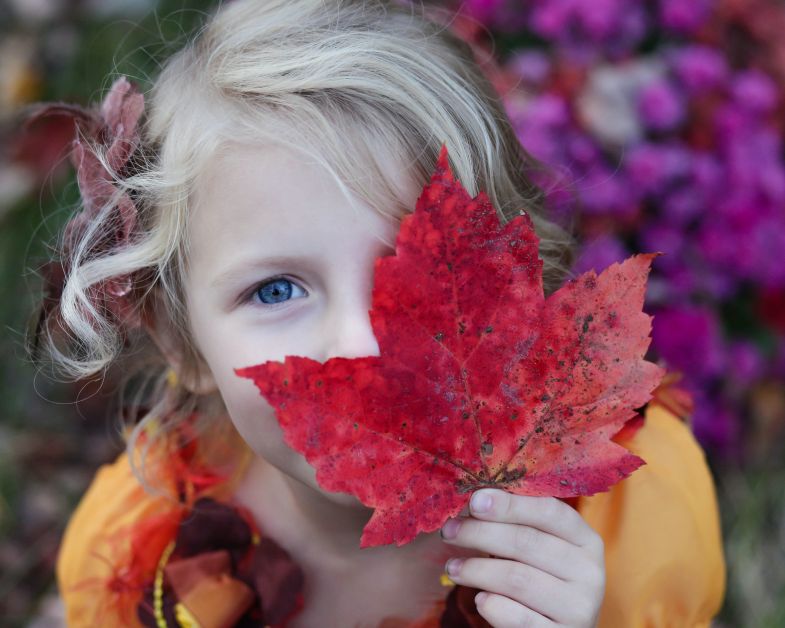
22sep
Bullying can have major consequences, not only for the person being bullied, but also for the bully himself/herself. If you have been bullied a lot and often, you’ve a greater chance of having social and emotional problems, even years after the bullying has stopped. There are, however, also consequences for the bully himself/herself. Bullies are more likely to have behavioural problems later on and are more likely to come into contact with the law. In this blog, we’ll explain more about bullying behaviour, its causes and how we, within solid childcare, can create a safe place where there’s no room for bullying.
The definition of bullying is as follows: A child is bullied when he/she is deliberately and repeatedly ‘treated’ negatively by one or more peers, resulting in emotional or physical ‘damage’. There is often a power difference. The victim is usually unable to defend himself/herself sufficiently (source: NCJ). These days, bullying takes place online much more often than before, either via a group in WhatsApp or other social media. But why do children bully?
Why children bully each other is a frequently asked question by parents and researchers. First of all, age plays a role. Boys and girls between the ages of 8 and 12 are more sensitive to relationships among themselves. This increases the chance of bullying, or being bullied. Moreover, an unsafe atmosphere contributes to more bullying behaviour (source: NJI). Bullying can also be seen as fun or exciting, by ‘poking’ someone until they react violently. The bully is often not able to empathise with the other person and notices the violent reaction of the other, but doesn’t feel guilty.
Some children are more vulnerable to being bullied, because, for example, they are less able and courageous in standing up for themselves, or don’t know how to contradict bullies. This is often related to how well their social and emotional skills are developed.
Providing a safe and engaging environment for children to grow in personal skills is a legal basis for childcare, established in the Childcare Act and the Childcare Innovation and Quality Act (IKK). Within this legislation, the following basic pedagogical objective applies: ‘providing emotional safety to children in a safe and healthy environment, promoting the personal and social competence of children and the socialisation of children through the transfer of generally accepted values and standards’.
The focus is on the well-being and positive development of the child, at a place where staff members pay attention to the development of social and emotional skills. With clear boundaries and a sense of security, various causes of bullying are eliminated. The interaction between the pedagogical staff member and a child is very important in all this.

Our pedagogical staff members have a great influence on the positive development of children. They contribute to positive interactions between children, setting structure and limits, guiding and responding to special behaviour. They do this by using interaction skills, which creates a safe environment where there’s no need for bullying or, simply, is no place for bullying. Two examples:
There are also various pedagogical practices and methods that explicitly contribute to the prevention of bullying. One example is the method ‘Sportkanjers voor de bso’ (‘Sports stars for the out-of-school care’). We sometimes use this method during sports and games to stimulate the social-emotional development of children (among themselves).
Do you suspect that your child is experiencing or exhibiting bullying behaviour? You can address your concerns to the pedagogical staff member and/or the location manager. When we see or suspect bullying behaviour ourselves, we’ll contact the parents involved.
Sources: